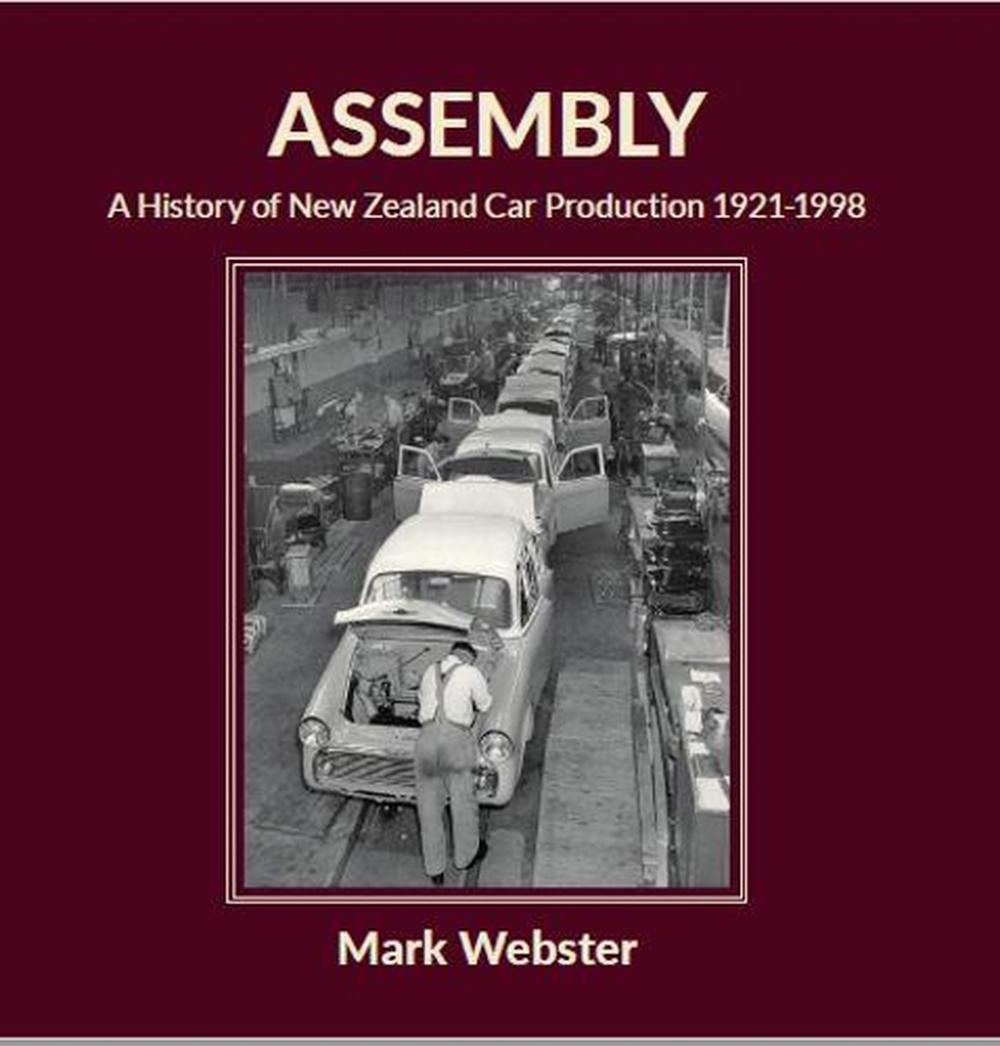
Hardcover
Kiwi ingenuity built cars for decades: a nostalgic ride through history.
Fast Dispatch
Assembly:New Zealand Car Production1921-1998
$40.00
- Hardcover
272 pages
- Release Date
27 October 2021
Check Delivery Options
Summary
Assembly: A Century of New Zealand Car Production
Released to celebrate a century since New Zealand first began assembling cars in 1921, Assembly remembers the importance of the Assembly Industry in New Zealand and the people that contributed to a much-loved and important part of our history.
Book Details
| ISBN-13: | 9781869665319 |
|---|---|
| ISBN-10: | 1869665317 |
| Author: | Mark Webster |
| Publisher: | Upstart Press Ltd |
| Imprint: | New Holland Publishers (NZ) Ltd |
| Format: | Hardcover |
| Number of Pages: | 272 |
| Release Date: | 27 October 2021 |
| Weight: | 1.13kg |
| Dimensions: | 25mm x 298mm x 258mm |
You Can Find This Book In
About The Author
Mark Webster
Mark Webster, a confirmed car enthusiast, was deputy editor of NZ Classic Car magazine when he wrote Assembly in 2001. He lives in Auckland with his partner and two daughters.
Returns
This item is eligible for free returns within 30 days of delivery. See our returns policy for further details.




